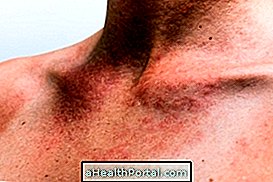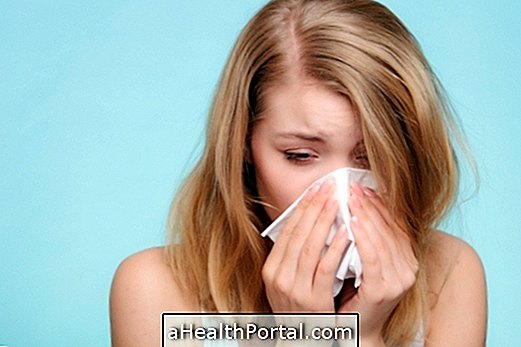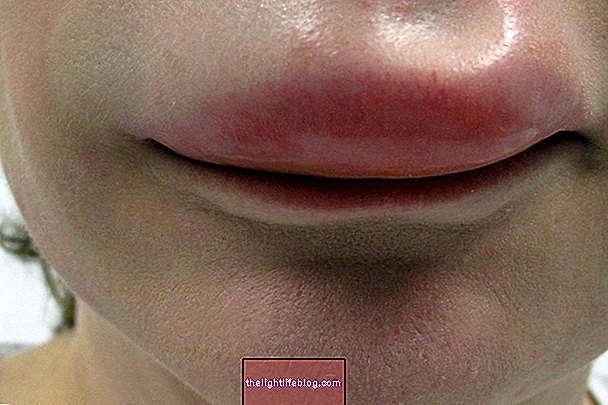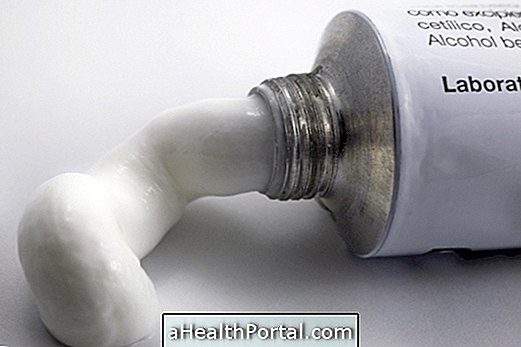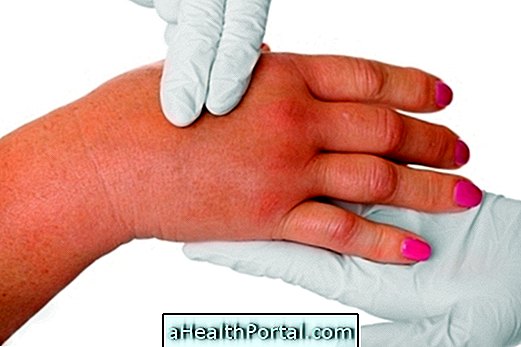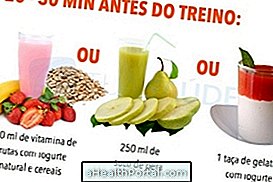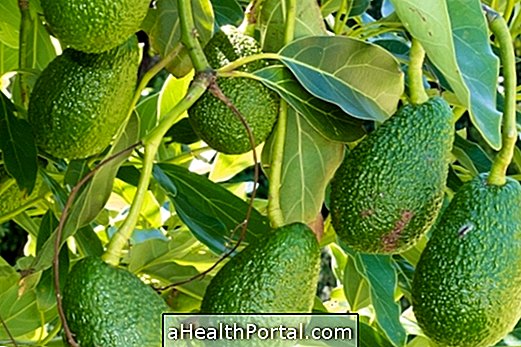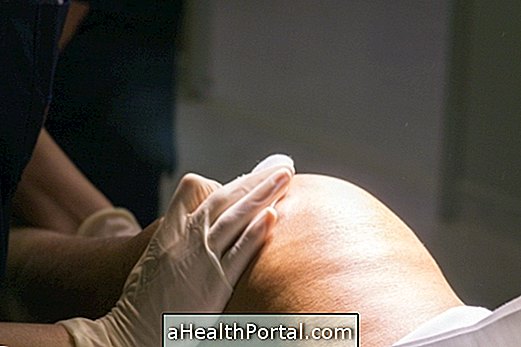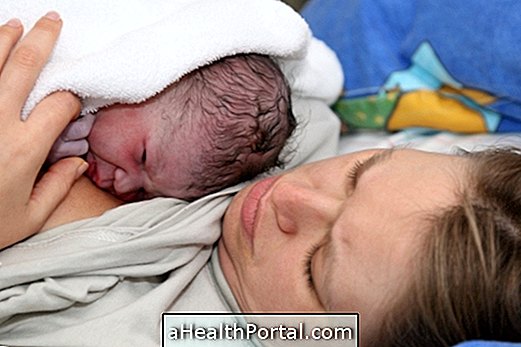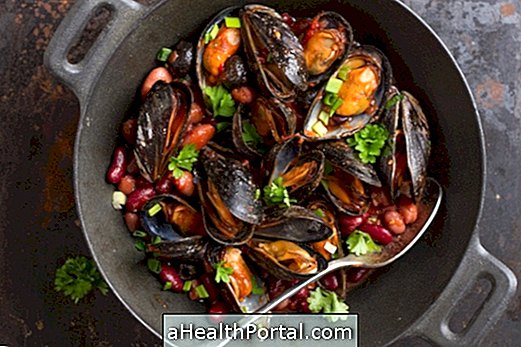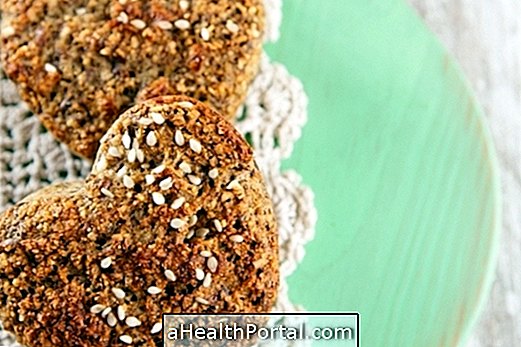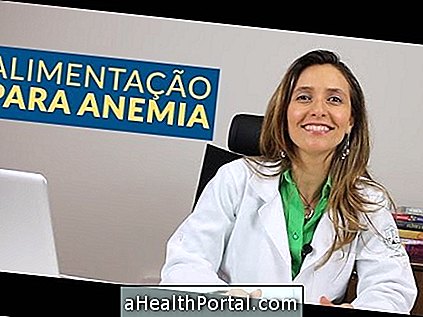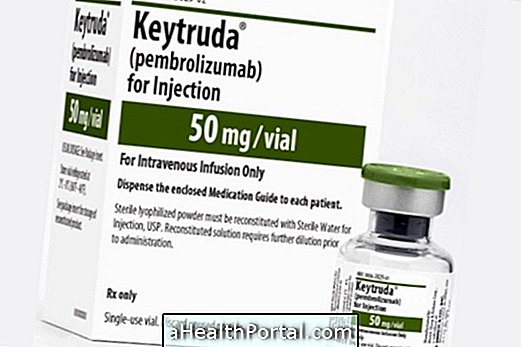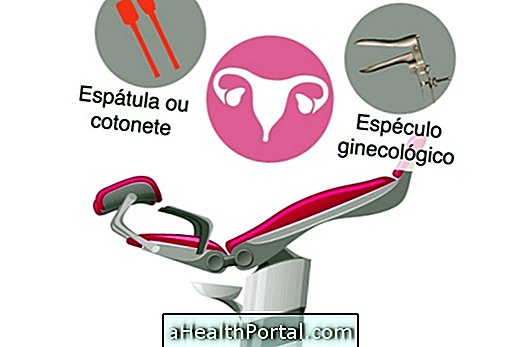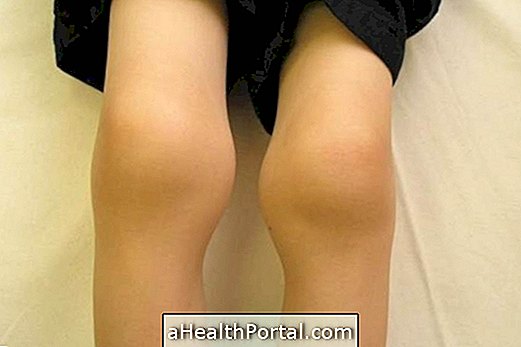Cow's milk allergy occurs when the baby's immune system rejects milk proteins, causing severe symptoms such as reddening of the skin, severe vomiting, bloody stools, and shortness of breath.
In these cases, the baby should be fed with special dairy formulations indicated by the pediatrician and do not contain milk protein, in addition to avoiding the consumption of any food containing milk in its composition.
How to feed without cow's milk
For babies who are allergic to milk and who are still nursing, the mother also needs to stop consuming milk and milk products in the recipe because the allergy-causing protein passes into breast milk, causing the symptoms in the baby.
In addition to breastfeeding, infants up to 1 year of age should also consume infant formula that does not contain cow's milk protein, such as Nan Soy, Pregomin, Aptamil, and Alfaré. After 1 year of age, follow-up with the pediatrician should continue and the child may start to use fortified soymilk or other milk indicated by the doctor.
It is also important to remember that at all ages should avoid consumption of milk and any product that contains milk in its composition, such as cheeses, yogurts, cakes, pastries, pizzas and white sauce.
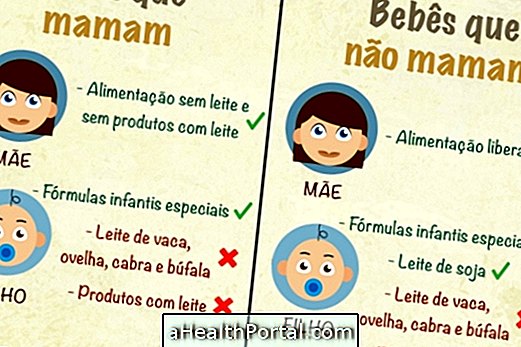
How to differentiate the normal colic from milk allergy
In order to differentiate the normal colic from milk allergy, symptoms must be observed, since colic does not appear after all feedings and causes milder pain and discomfort than allergy.
Already in allergy, the symptoms are more serious and in addition to intestinal problems, also include irritability, changes in the skin, vomiting, difficulty breathing, swelling of the lips and eyes, and irritability.
Foods and ingredients to be taken from the diet
The following table shows the foods and ingredients of industrialized products that contain milk protein and which should be withdrawn from food.
| Prohibited Foods | Ingredients Prohibited (see on label) |
| Cow milk | Casein |
| Cheese | Caseinate |
| Milk and goat, sheep and buffalo cheese | Lactose |
| Yogurt, curd, petit suisse | Lactoglobulin, lactoalbumin, lactoferrin |
| Dairy beverage | Butter fat, butter oil, butter ester |
| Milk cream | Anhydrous milk fat |
| Cream, rennet, sour cream | Lactate |
| butter | Whey protein |
| Margarine containing milk | Milk yeast |
| Ghee (clarified butter) | Initial culture of lactic acid fermented in milk or whey |
| Cheese curd | Milk compound, milk mixture |
| White sauce | Whey Protein from Microparticulate Milk |
| Sweetcorn, Whipped Cream, Sweet Cream, Pudding | Diacetyl (usually used in beer or popcorn) |
The ingredients listed in the right-hand column, such as casein, caseinate and lactose, should be checked in the list of ingredients on the industrialized food label.
In addition, products that contain dyes, flavorings or natural flavor of butter, margarine, milk, caramel, coconut cream, vanilla cream and other milk derivatives may contain traces of milk. Therefore, in these cases, you should call the product manufacturer's SAC and confirm the presence of milk before offering the food to the child.

